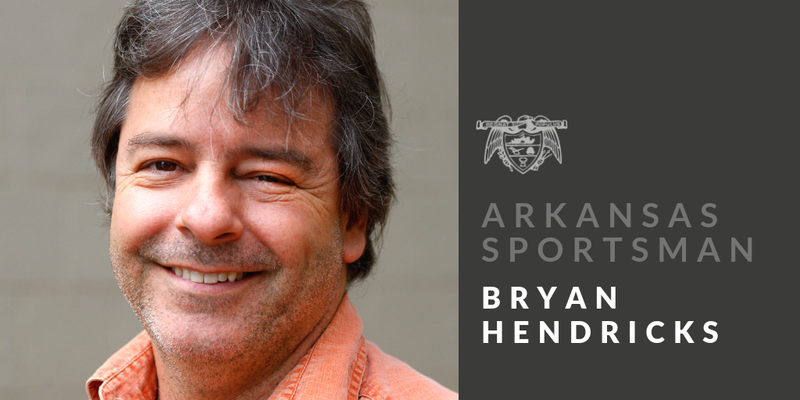Lake Ouachita was windy and desolate Monday, without another soul in sight.
Ordinarily, I'm chasing walleyes and stripers in the Ouachita River above the lake this time of year. My heart hasn't been in it this year, partly because I've been inundated with requests to take people fishing there, but also because it's stale. I've written a lot about that particular adventure over the years, and it's time to freshen the bouquet.
The downlake portion of Lake Ouachita is beautiful. The mountains tower above the coves like parapets, and the topography is steep. With the trees lifeless and gray, the landscape is stark.
Fishermen always look for fish-eating birds. If there are no birds, there are probably no fish.
The first thing I noticed is that there were no bald eagles about. Not long ago, I would have been surprised to see bald eagles in Arkansas. Now I'm surprised if I don't.
Eagles are almost always in fishy areas, but a small number of cormorants encouraged me.
Better still was the presence of loons. Cormorants are collective fishers. Loons are the best individual fishers, so the bellwethers were all positive.
My mission was to find productive fishing spots with my electronic graph. It's a Garmin EchoMap 73SV, a piece of equipment that I've come to value and appreciate only lately. I have learned that skillfully reading a graph can eliminate a lot of unproductive fishing effort.
This trip was essentially a self-help session in a structurally homogeneous environment that would limit data. Simplicity is important when the learning curve is steep. I knew what I sought, and I didn't want to complicate things by trying to interpret diverse data.
The topography is very steep, and rocks are the only structure. Once you leave the bank, ravines drop sharply to more than 160 feet deep. The water is exceedingly clear.
One thing I learned is that really deep water reduces the graph's sidescan functionality by more than 50 percent. Sidescan shows subtle features along one side of a canyon wall. The seaward side of the beam vanishes into the void.
The downscan feature shows structure that is too deep to hold fish unless you scan close to the bank.
That showed me that I needed to hold to a topographic contour no deeper than 30 feet. I saw a lot of things at that depth, including boulders and subtle rock bars or ridges that stretch away from points before ending abruptly at a drop.
My graph also showed fallen trees on the bottom at steep angles.
Bass and walleye often concentrate over or aside these kinds of structures, but not Monday.
I was troubled that my sidescan did not show fallen trees that were visible along the bank as I passed them. I considered them "test patterns," and their absence on my screen made me distrust my graph.
A similar occurrence happened last week at Lake Barnett, when I tossed buoys over fish-holding cover only to be unable to find the cover again.
I texted Ricky Ellis of Cabot.
"My transducer is on the transom," I wrote. "Does that mean everything on the graph is actually behind the boat?"
"As you see it, it's right under the console," Ellis replied.
My War Eagle doesn't have a console, but the front edge of the return should be about 3 feet in front of where I sat. The lack of obvious things on the graph bothered me deeply, but everything else I saw on the graph was sensible.
Another thing that bothered me deeply was a complete lack of fish returns on the graph, including baitfish. Surely this place couldn't be that barren. Again I texted Ellis.
"Is this area ever worth fishing?" I asked.
"I have never fished it," Ellis replied.
In the late afternoon, I graphed a collection of fish hovering around a tall stump at 20 feet. They were not the brights that denote crappie, so I suspected they were bass or walleye.
Finally, I found a rock bar extending from a main point. Mimicking a pattern I mined successfully in Minnesota in 2017, I trolled a Rapala Shad Rap over the lip at 12 feet. A mushy weight loaded my line, and it didn't resist until it was almost to the boat.
I thought it was a big walleye, but it was actually an 18-inch Kentucky bass. It was the only fish of the day.
Class ended at sunset. I gave myself a B.
Sports on 03/28/2019

